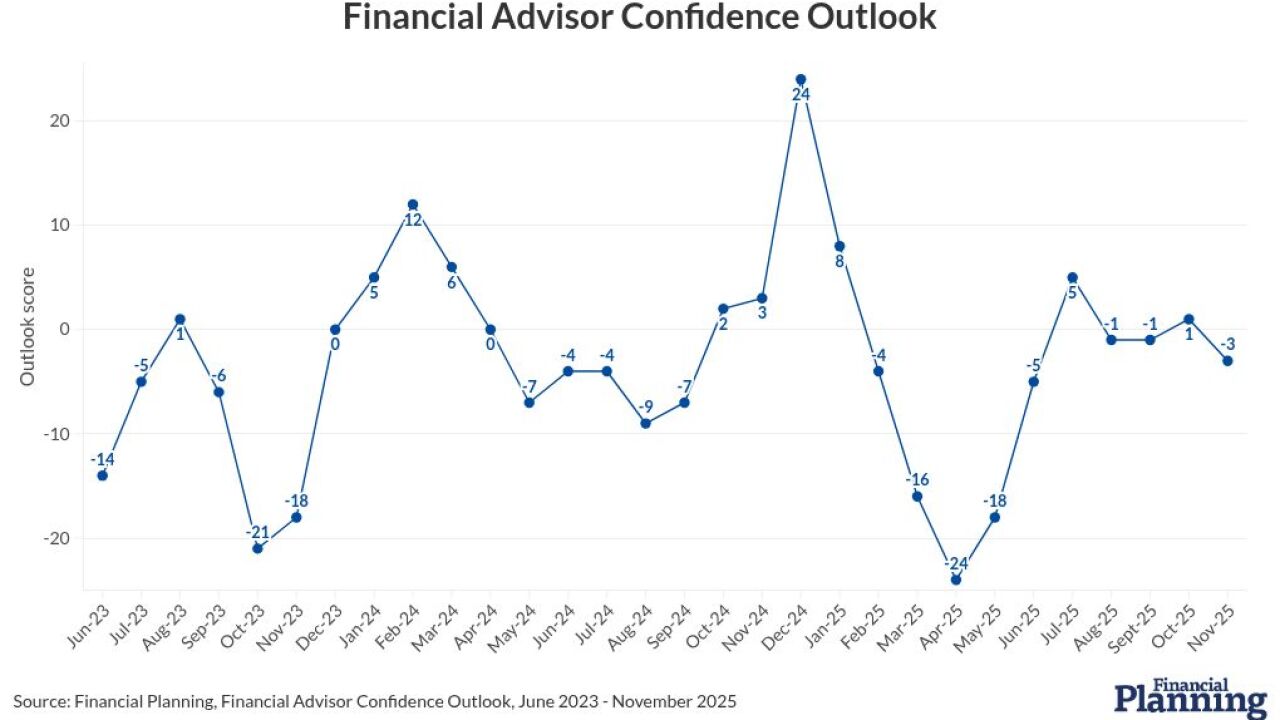The U.S. — despite losing $5.9 trillion in total wealth in 2022 — held its place near the top of richest countries and had the greatest share of ultrahigh net worth individuals.
So found the Global Wealth Report 2023, released Tuesday by Credit Suisse and UBS Group. The drop in U.S. wealth came during a year that also saw total net private wealth across the world fall by 2.4% to $454.4 trillion, marking the first decline in that measure since the 2008 economic crash. Much of the decrease was concentrated in North America, where households' total wealth decreased by 4.5% to $151.2 trillion.
Globally, the average wealth of the roughly 5.4 billion adults alive in 2022 dropped by 3.6% to $84,718. The report found the decline was largely the result of the appreciation of the U.S. dollar against other currencies.
Last year's downturn is expected to be a blip. Credit Suisse and UBS predicted global wealth will increase by 38% in the next five years to $629 trillion by 2027. Both in the U.S. and globally, the headcounts for millionaires and ultrahigh net worth individuals are expected to show substantial increases in the same period.
Such prospects in the U.S. are central to the wealth management ambitions of UBS. The Swiss-based bank's acquisition of the faltering Credit Suisse in June cemented its position as the global leader of wealth management. But it still has
Johann Scholz, a Morningstar analyst specializing in European banks, has estimated that the share of UBS' total profits that come from its wealth and asset management business will rise to 63% in the next four years. Much of that will come from the bank's strength in working with the ultrarich.
"Ultra-high-net-worth clients value strong relationships with their bankers, typically built over years, often across generations," Scholz wrote in an analyst note.
Scroll down for more highlights from the Global Wealth Report, which is in its 14th edition this year and is being released for the first time as a joint product of Credit Suisse and UBS.











